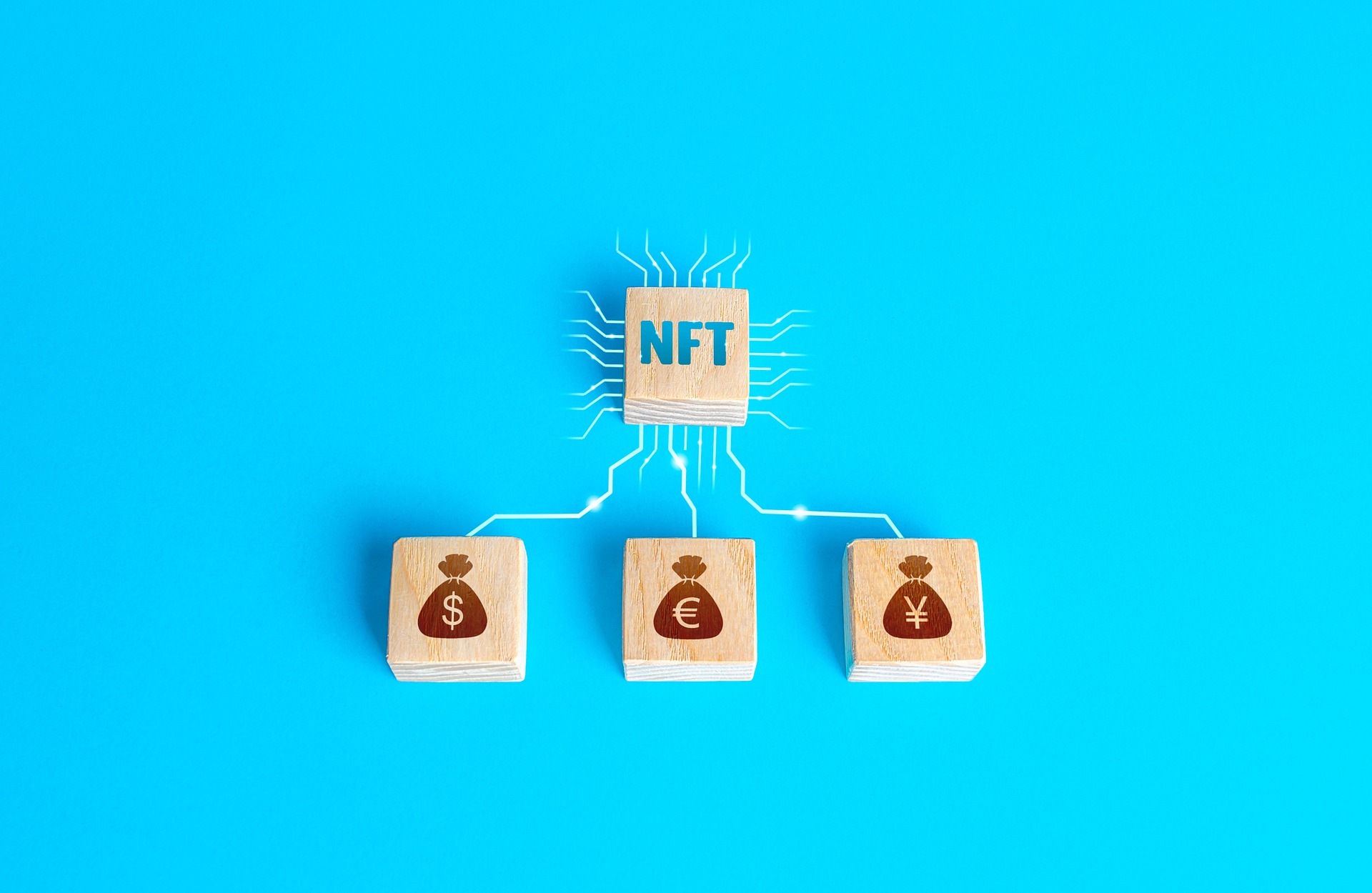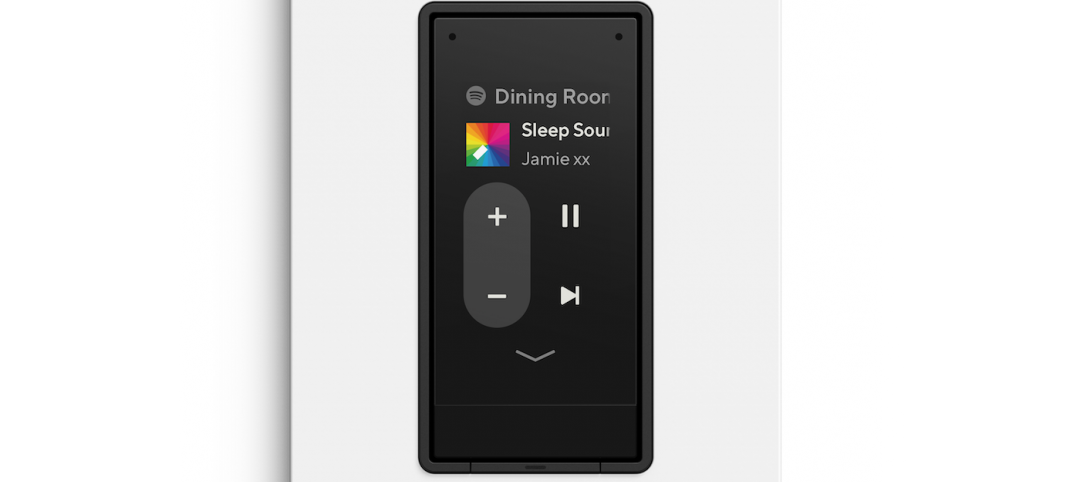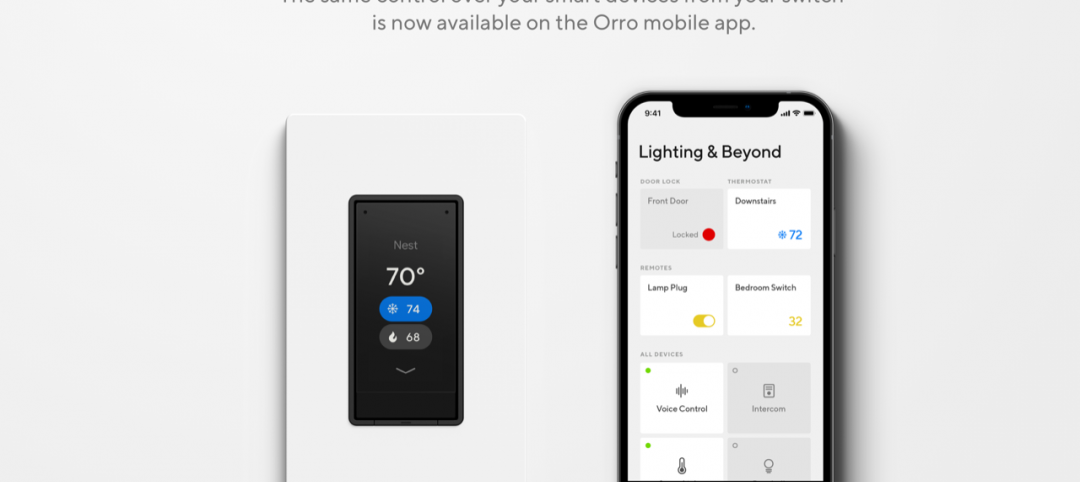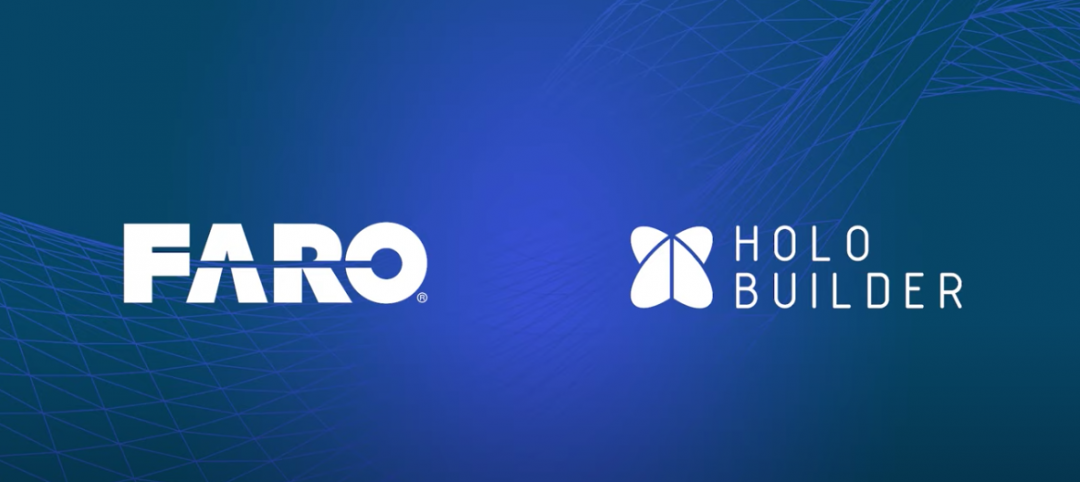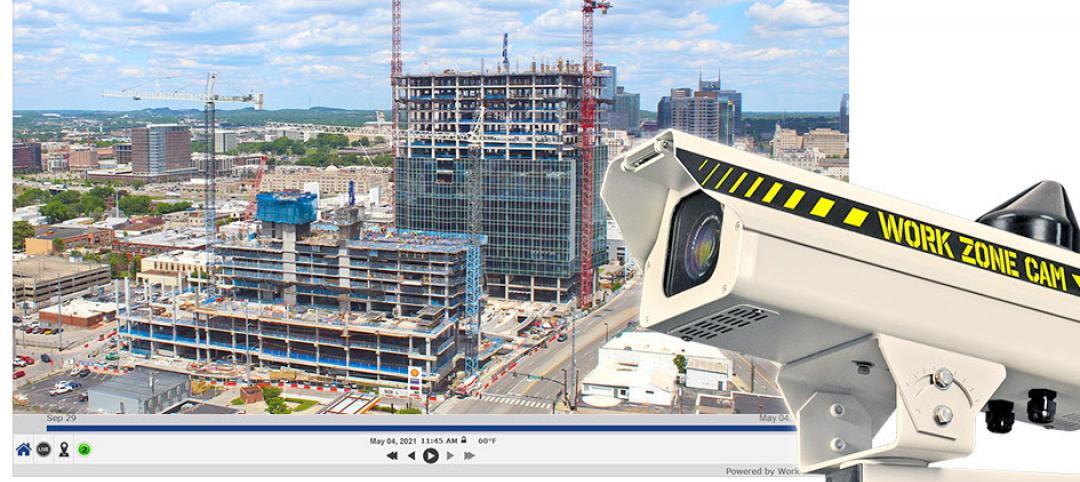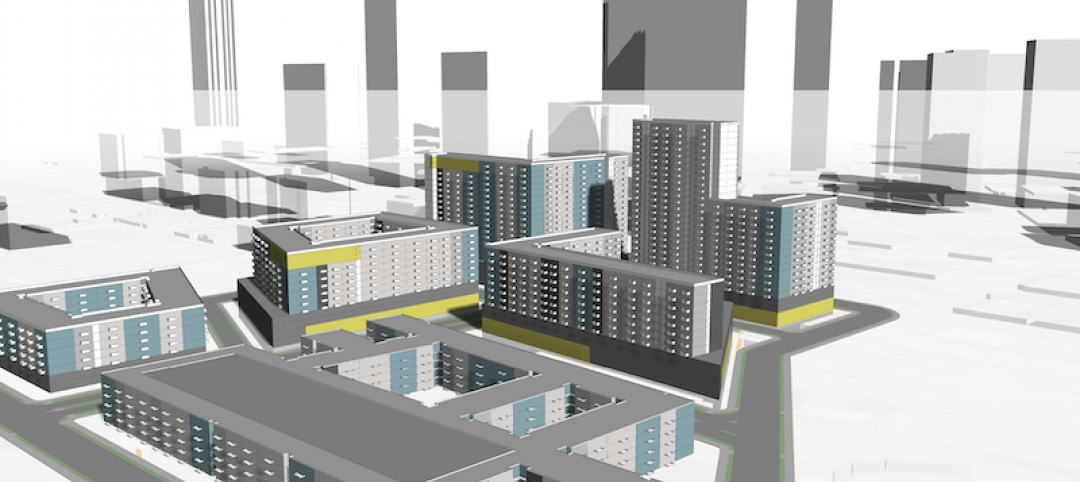An NFT, or non-fungible token, is a digital object that cannot be duplicated. NFTs allow the owners of digital or intangible assets that can be replicated to assert ownership and, by extension, to commodify and trade those assets. For example, anyone can browse photography of the latest Anish Kapoor, but only one city can make a grand public artwork a tourist calling card. For anyone who has ever experienced the frustration of having an idea copied, NFTs offer a possible solution.
As we know them today, NFTs exist in a world far removed from everyday reality—belonging to an intangible fantasy land pioneered by connoisseurs of computer games and digital art. But the value placed on these digital objects, and the tokens associated, is as real as a coin in your pocket.
Where does design come into the NFT picture? A fundamental value of design is its ingenuity in reimagining a better future. Designs can be abstracted or copied, but the ingenuity lies in the process. The labor in design—the thinking, testing, and problem solving—is what clients are ultimately buying. The building or interior is the product of that process.
6 ways non-fungible tokens (NFTs) could transform the design industry
“Tokenizing” design labor would give clients the opportunity to bid for the time of a designer or firm. By placing a higher value on time, this Token Future would create six compelling outcomes:
1. Complimentary Investment.
When a client invests in design, they invest in the benefits expected from the finished building. Tokenizing design labor would mean that a complimentary investment in the designer’s time is also made. To explain, a labor token could appreciate in value and be traded for profit. A token will appreciate as market demand grows, which is itself fueled by public awareness of quality design. When a token appreciates, both designer and client/investor are rewarded with capital gain.
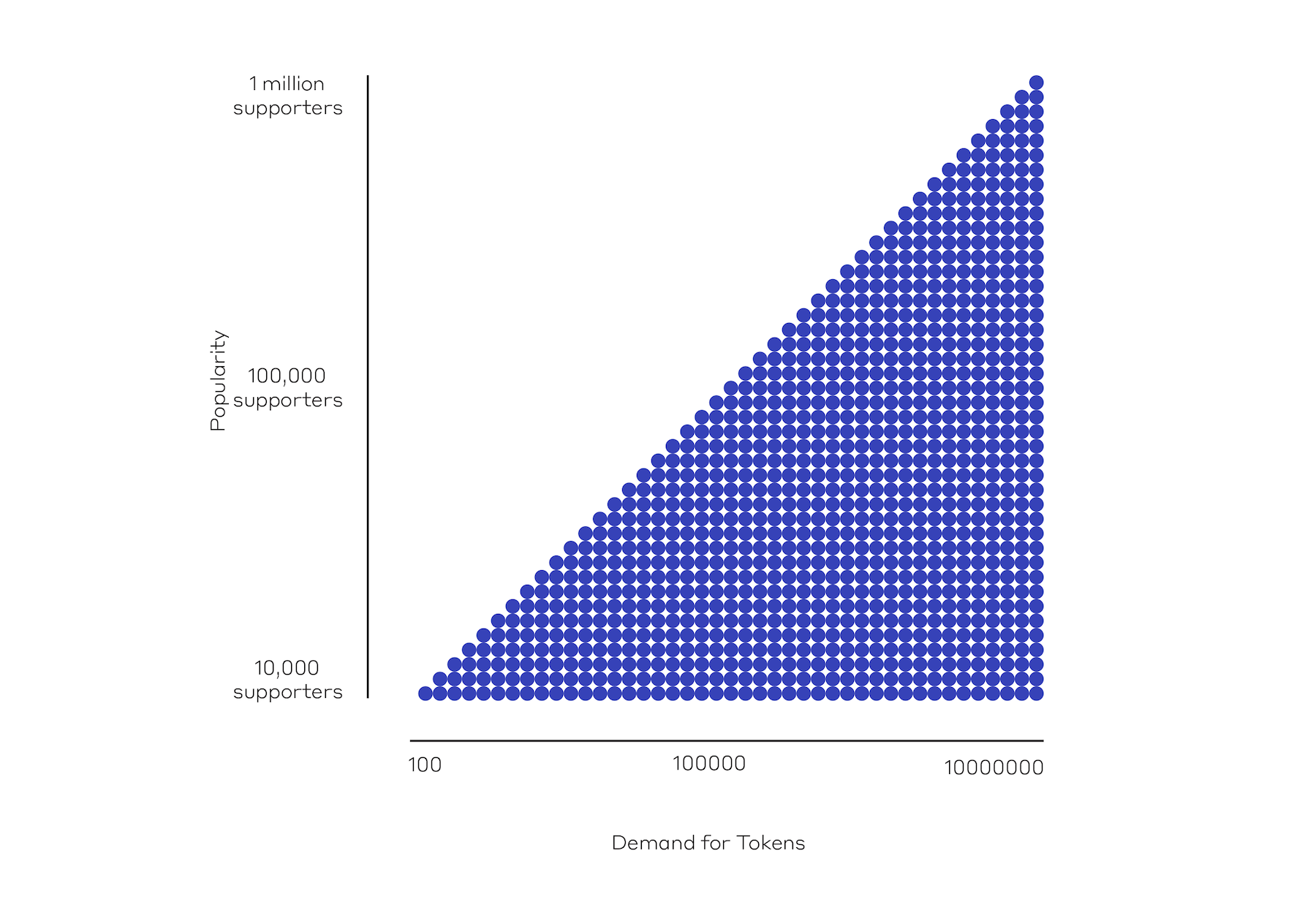
2. Mutually Beneficial Collaboration.
When a client purchases tokens from a designer, they become invested in the ongoing success of that token. The designer becomes a potential source of capital gain, like any other investment—something to be protected and nourished. For a designer, this means a client is more likely to support the process and capacity to perform.
3. Protection of Quality Design Time.
A Token Future should prevent design time from becoming overstretched. It would eliminate the fixed-fee contract, which sees designers at risk of shouldering disproportionate work without compensation—resulting in all-nighters, working weekends and, ultimately, a compromised design. Avoiding these pitfalls is in the best interests of all parties.
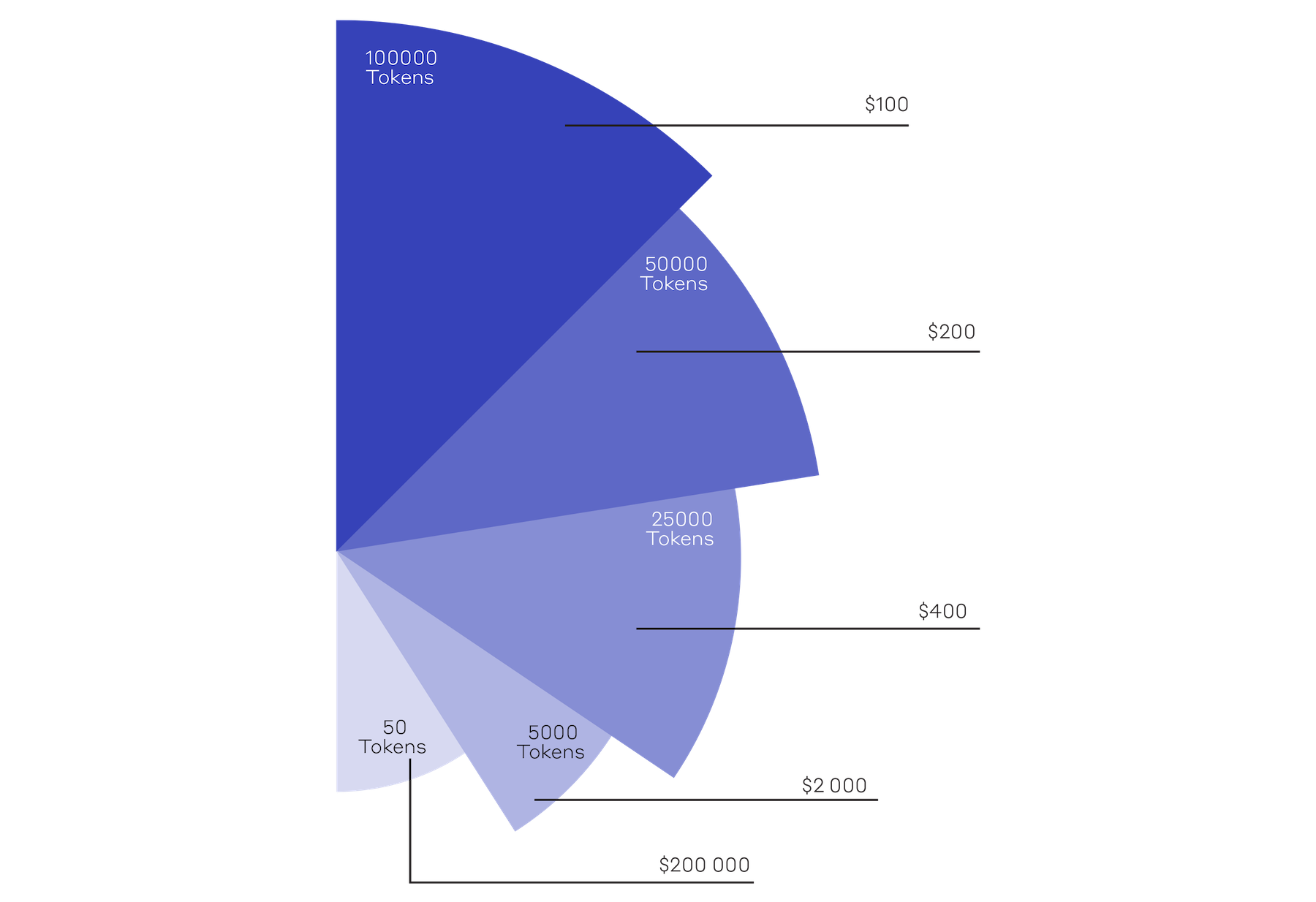
4. Less Money Wasted.
In a case where a client might need to cancel a project, good work and pursuant appreciation of the Token value may result in a financial return on their design investment rather than a write-off.
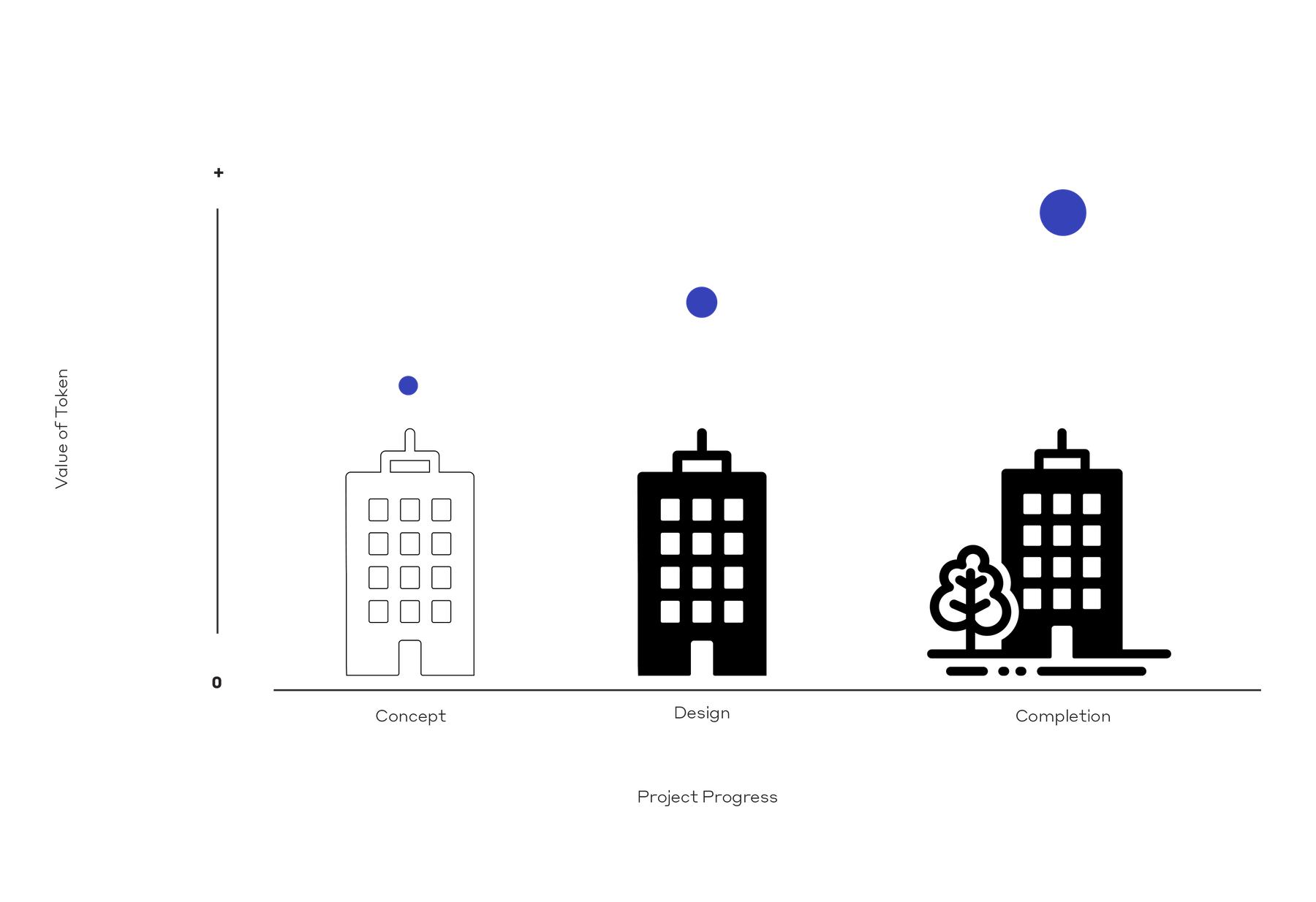
5. A Clearer and More Flexible Market.
The procurement of designers can be opaque and uncertain. Unfamiliar designers with hard-to-understand fee structures may be deemed a risk by clients. A project may need to be put on hold or cancelled. In both scenarios, a regulated and transparent token-based market would afford clients the opportunity to divest as they see fit, with the value of their original investment having appreciated.
6. An Equitable Market for Designers.
In such a system, a designer negotiates the supply of labor in a collaborative manner, only offering services in accordance with their resources. Managed professionally and systematically, design labor could be calibrated not only to a client’s requirements and the designer’s expertise, but also to the mutual financial and cultural benefit of each party—improving life for both parties.
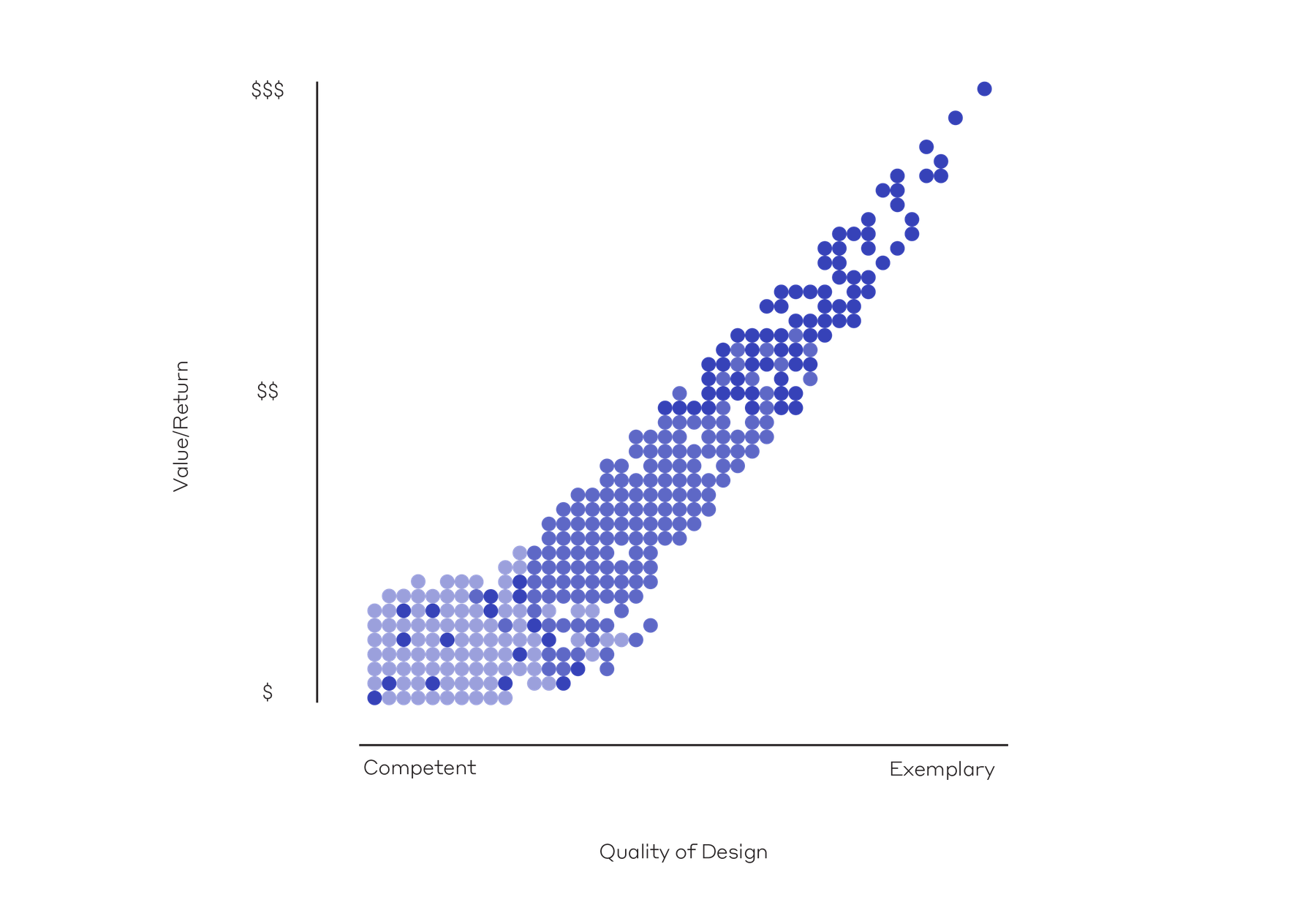
The benefits of a Token Future currently contend with numerous uncertainties and challenges—much like any innovation. Though this concept remains a glimmer on the horizon, NFTs in the design industry promise better welfare, growth, and profit.
As the design industry continues to chart a course toward automated production and an acceleration of the service economy, the rewards of exploring a Token Future for design labor outweigh the risks.
About the author
Jet Geaghan is an Architect based in Woods Bagot’s Sydney studio. For Jet, every building should be conceived with purpose, expertise and wit. Clarity of communication is fundamental to his work, whether it be in a design gesture, construction detail, or cultural testimony. Having completed numerous additions and alterations projects, Jet relishes the complexity and challenges of adapting existing buildings to address evolving demands and unforeseen potential. His experience lends him a broad understanding of the myriad parameters involved in bringing buildings of differing scales to life, which have included the 275 Kent Street redevelopment and the refurbishment of InterContinental Hotel Sydney. Jet has extensive experience with planning approvals, design, documentation, construction delivery, digital modeling, as well as a passion for the written word.
Related Stories
AEC Tech | Jun 30, 2021
Orro Launches New Integration with Sonos, Providing Seamless In-Wall Control for Sonos Speakers
With the new integration, customers can use the dynamic display on Orro’s smart light switches to control their favorite audio content on their Sonos speakers.
AEC Tech | Jun 9, 2021
Orro Announces Unified Smart Home App
Orro app now provides control of other smart home devices from leading professional and consumer device manufacturers.
AEC Tech | Jun 8, 2021
FARO Expands Digital Twin Product Suite - Acquires HoloBuilder Inc.
FARO Technologies, a global leader of 3D measurement, imaging, and realization solutions for the 3D Metrology, AEC (Architecture, Engineering & Construction), and Public Safety Analytics markets, today announced the acquisition of HoloBuilder, Inc.
AEC Tech | May 27, 2021
New Work Zone Cam Pro Delivers 33% More Detail for Time-Lapse
Work Zone Cam, a leading provider of professional jobsite construction camera services, premiered its latest camera, which increases image resolution from 18 to 24 megapixels. The additional image detail helps track construction progress more accurately and results in higher resolution time-lapses for construction documentation.
Digital Twin | May 24, 2021
Digital twin’s value propositions for the built environment, explained
Ernst & Young’s white paper makes its cases for the technology’s myriad benefits.
AEC Tech | Apr 15, 2021
3 startups making their mark in 2021
Meet a trio of AEC tech firms that are making advances in the COVID-19 era.
Adaptive Reuse | Apr 15, 2021
The Weekly Show, Apr 15, 2021: The ins and outs of adaptive reuse, and sensors for real-time construction monitoring
This week on The Weekly show, BD+C editors speak with AEC industry leaders from PBDW Architects and Wohlsen Construction about what makes adaptive reuse projects successful, and sensors for real-time monitoring of concrete construction.
AEC Tech | Apr 8, 2021
The Weekly Show, April 8, 2021: SPOT the autonomous robot, and Woods Bagot's in-house 'futurist'
This week on The Weekly show, BD+C editors speak with AEC industry leaders from Procon Consulting, Virginia Tech, and Woods Bagot about SPOT, the autonomous robot for construction progress monitoring applications, and how Woods Bagot's new "futurist" is promoting innovation at the international design firm.
Coronavirus | Mar 11, 2021
The Weekly show, March 11, 2021: 5 building products for COVID-related conditions, and AI for MEP design
This week on The Weekly show, BD+C editors speak with AEC industry leaders about building products and systems that support COVID-related conditions, and an AI tool that automates the design of MEP systems.
AEC Tech | Mar 4, 2021
The Weekly show, March 4, 2021: Bringing AI to the masses, and Central Station Memphis hotel
This week on The Weekly show, BD+C editors speak with AEC industry leaders about the award-winning Central Station Memphis hotel reconstruction project, and how Autodesk aims to bring generative design and AI tools to the AEC masses.


